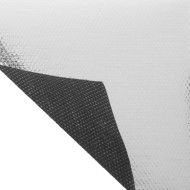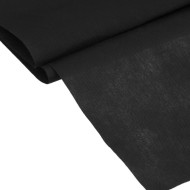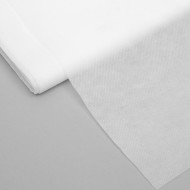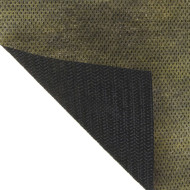Why is Agrotex covering material good and how is it used?
Content
Types, characteristics, purpose
The covering material "Agrotex" is produced by the Russian company "GEXA". The products of this brand are widely used in agriculture, construction, medicine, cosmetology and other industries. The Russian group of companies "GEXA" manufactures products from polymeric materials, in particular woven, non-woven and thermally bonded fabrics. Geotextiles, membranes and protective films are environmentally friendly and safe. According to the statements of the representatives of the manufacturing company, non-woven products do not contain toxins and other substances harmful to the human body and the environment. At each stage of production, products undergo strict quality control, copies that do not meet norms and standards are rejected.
Nonwoven fabric "Agrotex" is made by using innovative spunbond technology. The molten polymer material is placed in special containers, at the outlet of which small dies are installed. Thin threads of polymer are intertwined into a single fabric.
Today, white, black, foil and reinforced non-woven fabrics are produced. The fabric differs in size and density. Please note that the degree of density of the agrofibre is indicated on the marking sheet. For example, "Agrotex" 17 g / m² is a thin, almost completely transparent nonwoven fabric.
The Russian company "GEXA" is constantly working to expand the range. In addition to the standard white and black nonwovens, two-layer products began to be produced. Yellow color protects the vegetation in the beds from harmful insects, red - promotes early flowering and increased productivity, silver - activates photosynthesis, accelerates the growth and development of crops. Non-woven covering material "Agrotex" evenly distributes sunlight over the surface, protects against weeds, insects, direct sunlight, frost and various atmospheric precipitation, and also helps to increase productivity.

Video: "Types of covering materials"
In this video, you will learn how to properly apply the covering nonwoven fabric.
White
White non-woven is available in bags and rolls. The dimensions of the canvas in rolls: 1.6x200 and 3.2x100 m. The fabric in bags has a standard width (1.6 or 3.2 m), the length is 10 m. The density of white agrofibre is 17, 30, 42 and 60 g / m2. The first two options are used seasonally when the air temperature does not drop below -2 ... -6 ° C. Nonwoven film with a density of 42 and 60 g / m² is used in agriculture all year round.
The white canvas is designed to protect crops of seeds and seedlings, create frameless and frame shelters, sheathing greenhouse structures and greenhouses.
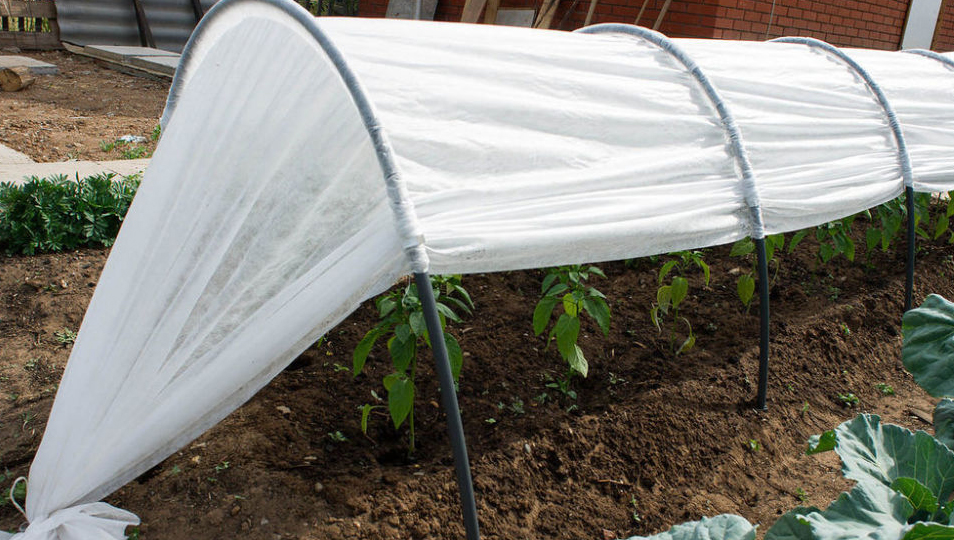
Black
Covering agrofibre of black color with a density of 60 g / m² can be used all year round. The fabric that gardeners use to mulch the soil protects garden and fruit crops from weeds.The release of a new canvas - “Agrotex. Perforated mulch ”. Unlike ordinary black material, the novelty has ready-made holes for planting seedlings.
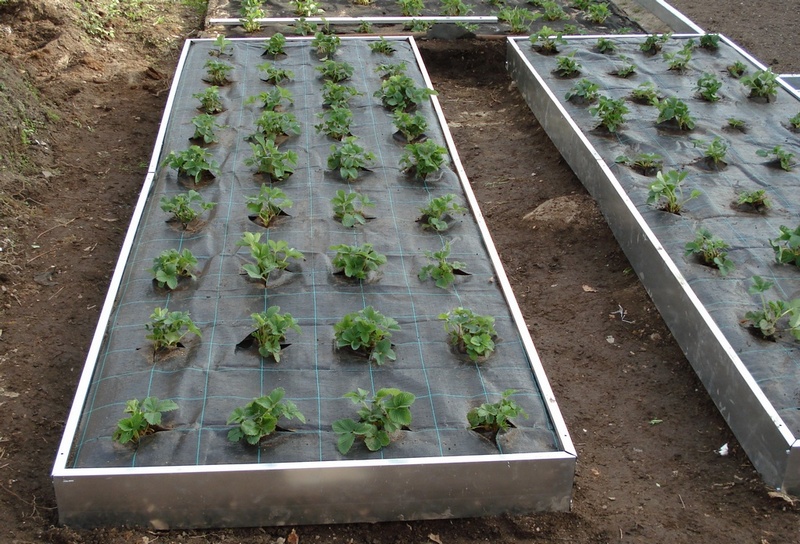
Foil
Foil covering material "Double heat" is considered the best solution for growing seedlings. "Non-woven" transmits and evenly scatters sunlight over the surface, and the foil layer activates photosynthesis and has a beneficial effect on the growth and development of vegetation. In doing so, foil strips help control weed growth.
Reinforced
Laminated and reinforced films are used primarily for cladding seasonal greenhouse structures. Surface lamination prevents moisture from penetrating into the greenhouse, and reinforcement increases strength and wear resistance.
Rules for the use and care of the material
Covering material "Agrotex" has a wide range of applications:
- Growing seedlings in "warm" beds.
- Protection of cultivated plants from weeds, insects, birds and rodents.
- Mulching the soil.
- Arrangement of seasonal frame and frameless structures.
- Protection of plants from direct sunlight, wind, frost and other atmospheric phenomena.
- Sheathing of greenhouses and greenhouse structures.
- Construction of protective structures for the winter.
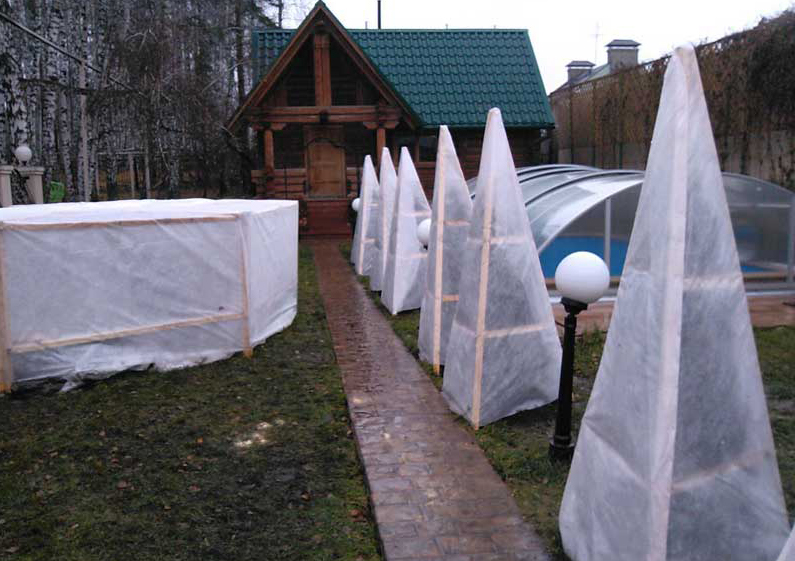
Agrofibre used for several years requires cleaning and disinfection. For minor contamination, wipe the surface with a damp sponge. You can disinfect the "non-woven" in a weak solution of potassium permanganate or by treating the surface with fungicidal preparations. At the end of the growing season, the agrofibre is removed, washed, thoroughly dried and hidden until next spring.
Usage errors
When choosing a covering material, it is necessary to carefully study its physical and mechanical features. The wrong fabric can have the opposite effect. So, plants cultivated in the garden can get sunburn and wither when covered with matter without protection from ultraviolet radiation.
There are several widespread mistakes that almost every second summer resident encounters. An improperly selected density affects the growth and development of plants, and is also often the reason for a decrease in the fertility of cultivated crops. Lack of proper care of the fabric leads to depletion of the canvas and deterioration of its initial physical and mechanical properties.
According to the technical characteristics of the covering material, non-woven fabric "Agrotex" can be washed in a washing machine on a gentle mode. In this case, the spin function must be disabled.
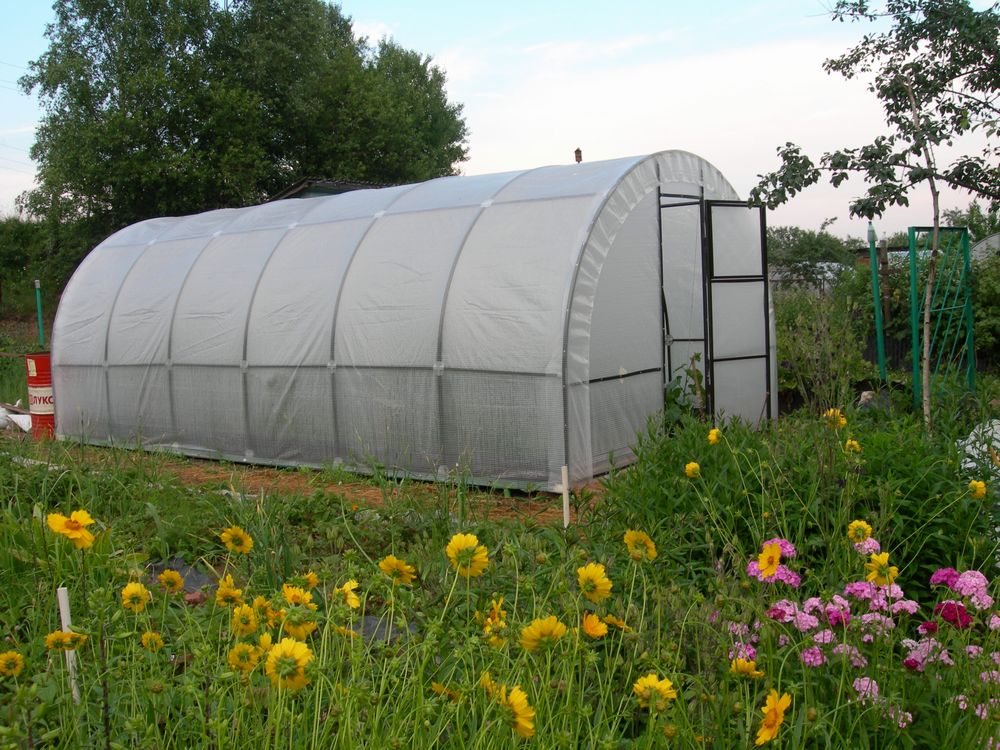
Errors of fixation and installation of "non-woven" lead to deformation or rupture of the agrofibre. The surface of the fabric can be damaged by stapling staples and self-tapping screws that do not have protective rubber seals. According to experienced gardeners, it is possible to extend the service life of any nonwoven fabric by timely studying the rules and features of its use and operation.


